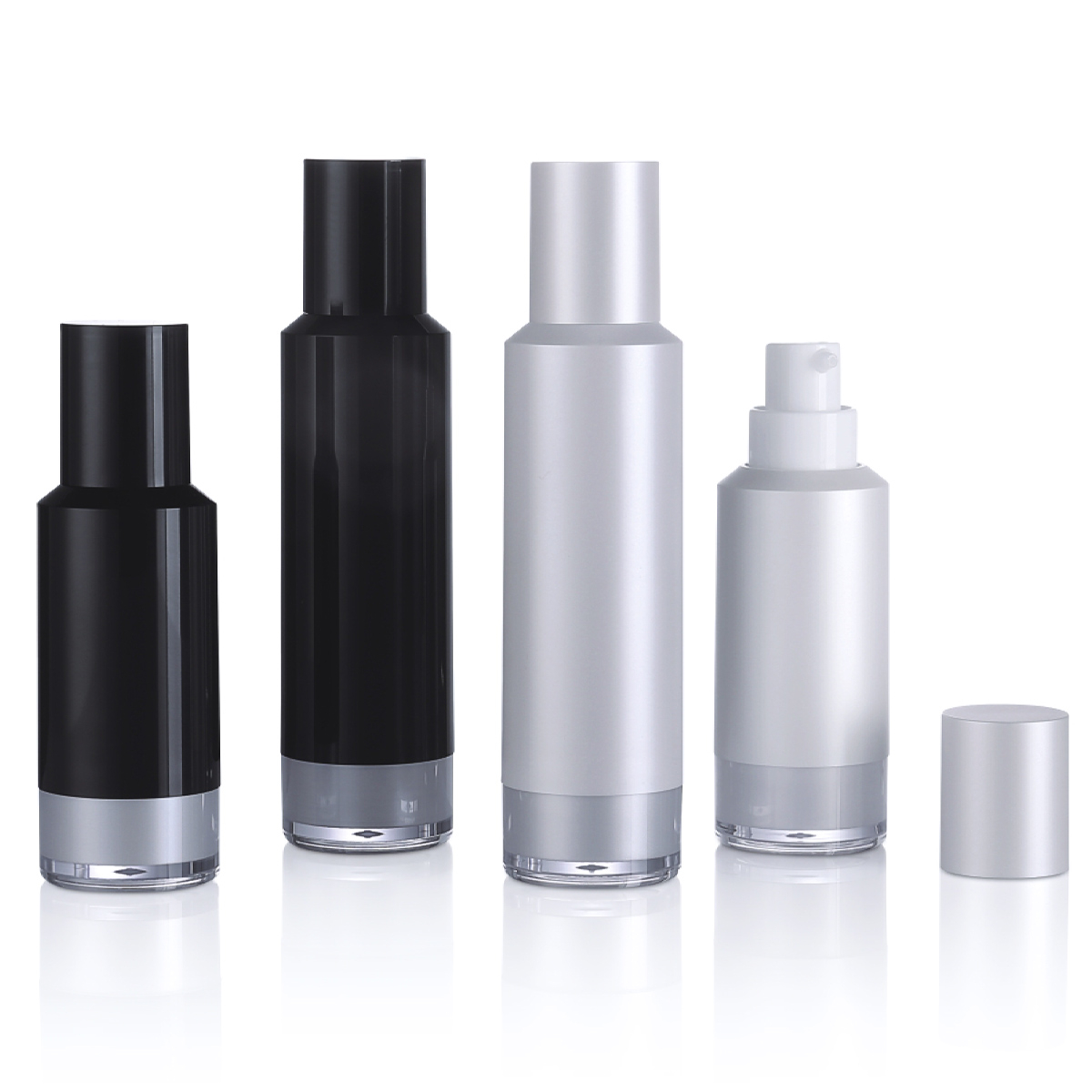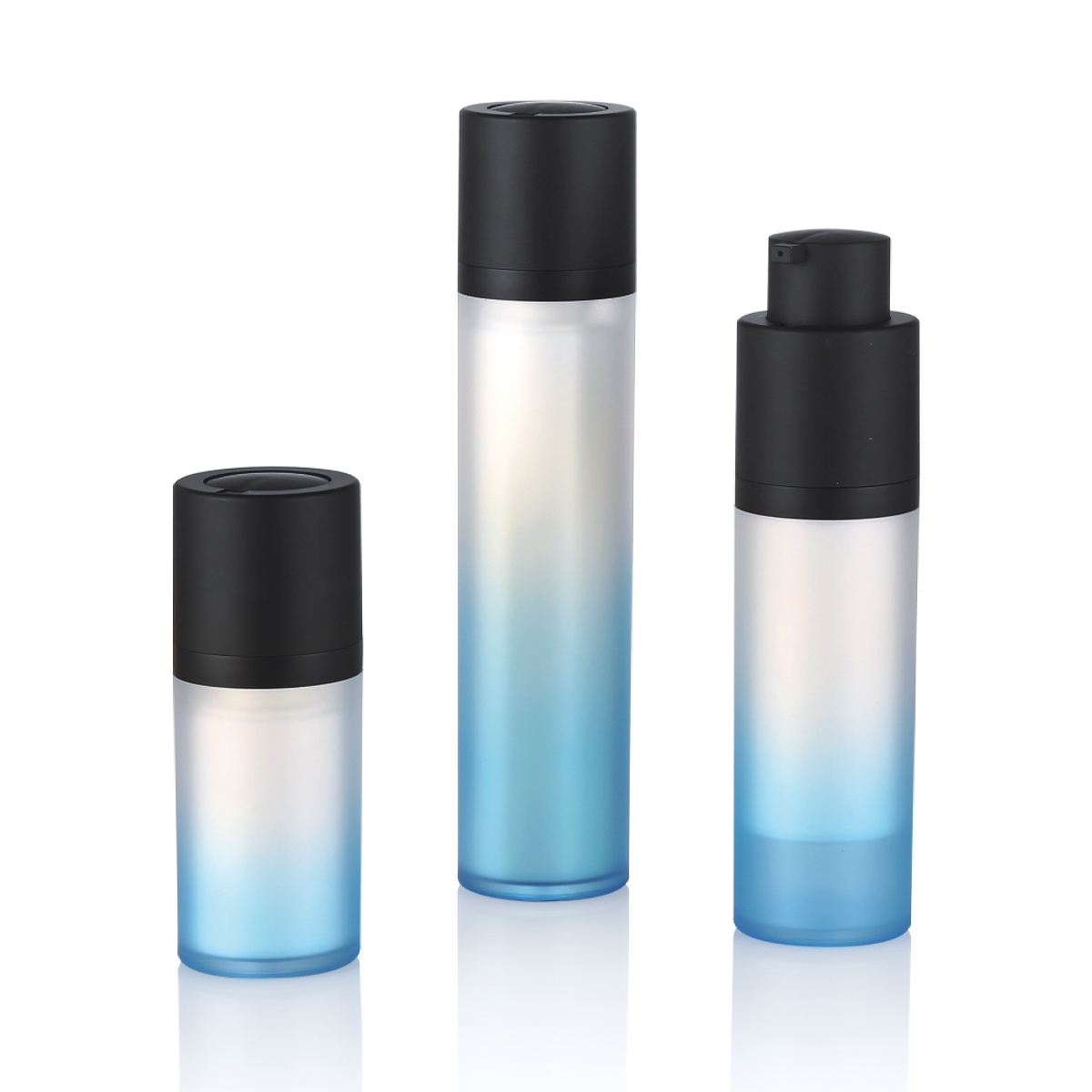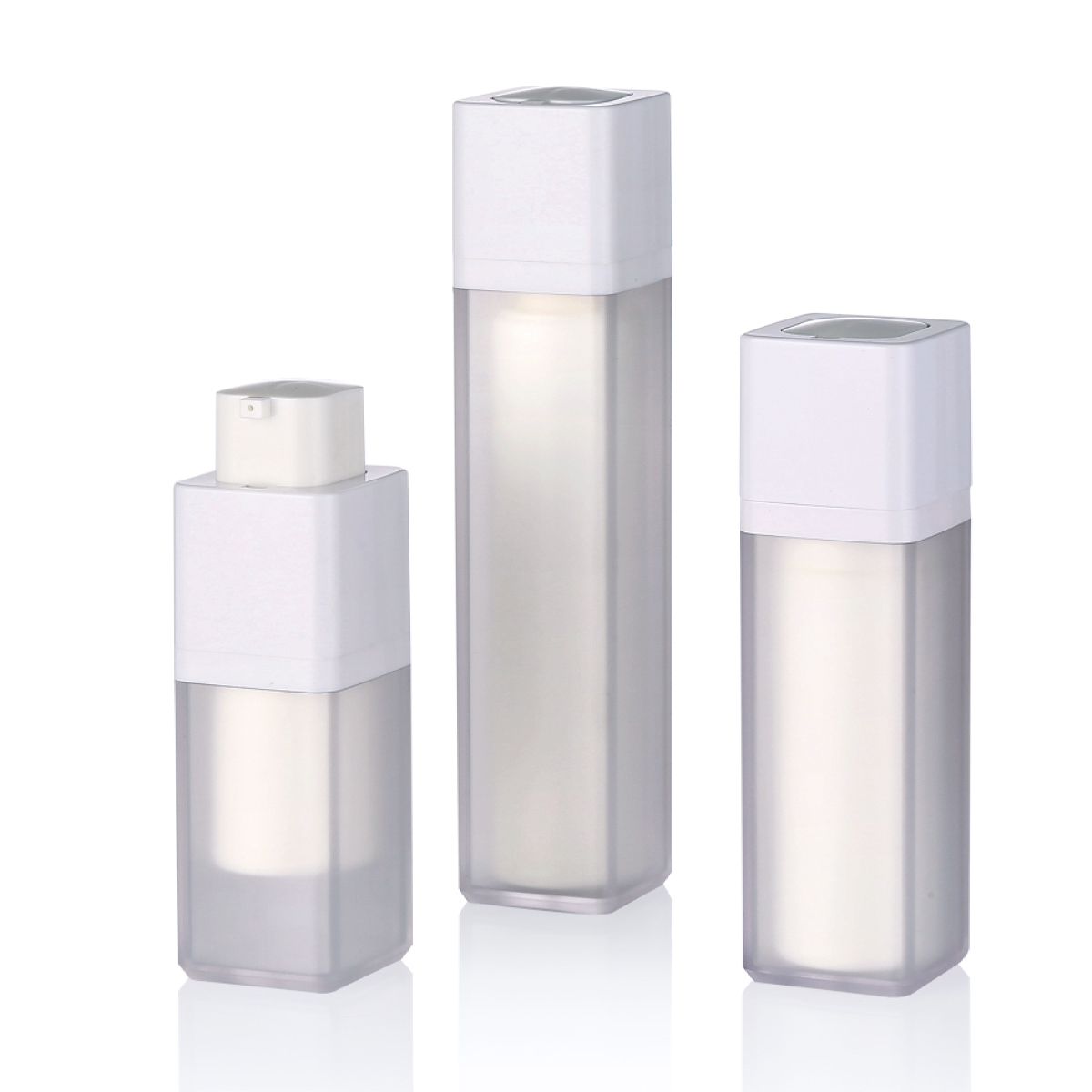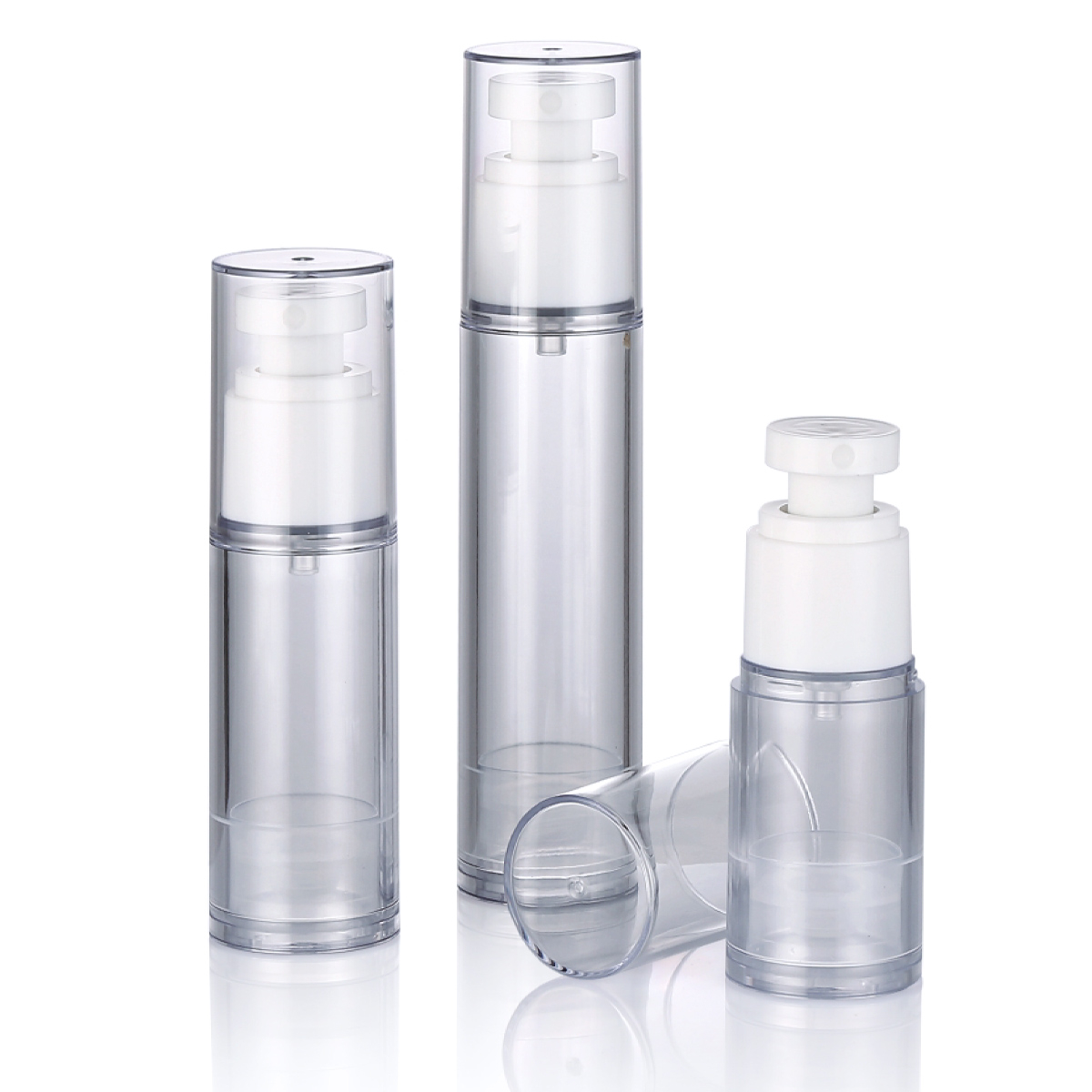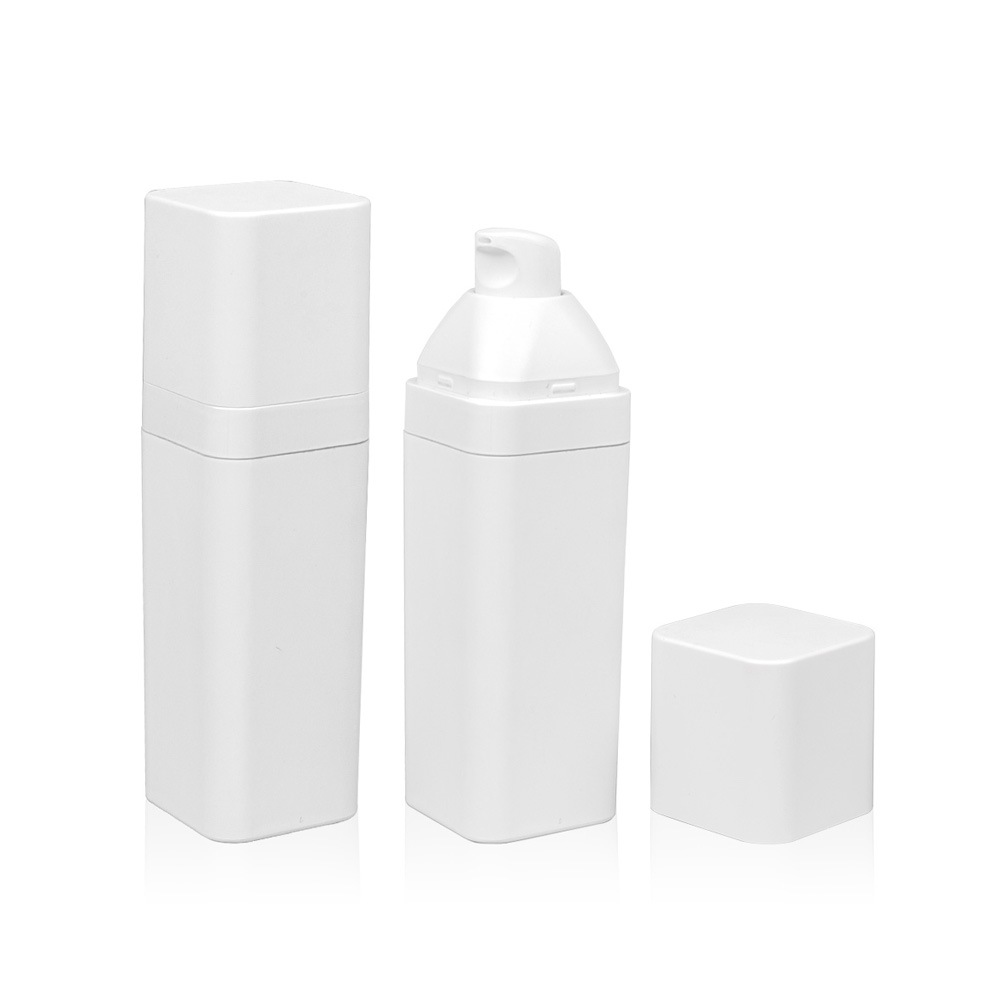The battle against cosmetic spoilage is constant, driven by exposure to oxygen, contamination, and light. Airless bottle technology has emerged as a highly effective packaging solution specifically engineered to combat these primary degradation factors. Understanding the mechanics behind airless systems reveals their tangible benefits for product longevity and user safety.
The Core Problem: Degradation Triggers
Cosmetics degrade primarily due to:
Oxidation: Oxygen exposure breaks down active ingredients (like antioxidants, vitamins A, C, E, retinol) and oils, causing rancidity, discoloration, and reduced efficacy.
Contamination: Repeated finger contact introduces microbes (bacteria, fungi) and environmental debris, risking spoilage and user reactions.
Evaporation/Volatilization: Exposure allows volatile components (fragrances, solvents) to escape, altering texture and scent.
Photodegradation: Light exposure (especially UV) can destabilize light-sensitive compounds.
How Airless Bottles Function: A Barrier Against Degradation
Airless bottles employ a unique dispensing mechanism that fundamentally differs from traditional jars or pump bottles:
The Sealed Chamber: The product resides in a collapsible inner pouch or sits atop a piston within a rigid outer container. Crucially, no air resides inside this product chamber.
The Dispensing Action: When the actuator (pump head) is pressed:
It creates pressure only within the product chamber.
This pressure forces the product up the dip tube and out through the nozzle.
Simultaneously, the piston rises or the inner pouch collapses, occupying the space left by the dispensed product.
The Airless Principle: Critically, no outside air is drawn back into the product chamber to replace the dispensed product. The piston or collapsing pouch physically fills the vacated space, maintaining an internal vacuum or neutral pressure environment.
The Protective Benefits: Preventing Spoilage
This ingenious mechanism delivers significant preservation advantages:
Minimized Oxidation: By eliminating air (and thus oxygen) from the product chamber, oxidative degradation is drastically slowed. Active ingredients remain potent for longer, and oils are protected from rancidity.
Reduced Contamination: The product never directly contacts the user's fingers. Furthermore, the one-way dispensing valve prevents external air and contaminants from being sucked back into the chamber. The closed system significantly lowers microbial ingress risks.
Preserved Formulation Integrity: Volatile components are less likely to evaporate, maintaining the intended texture, consistency, and fragrance profile. Light-sensitive formulations benefit when paired with opaque or UV-filtering outer materials.
Consistent Dosing & Minimal Waste: The design allows dispensing the product efficiently, often achieving near 100% evacuation, minimizing product waste trapped in corners or tubes.
Considerations for Effectiveness
While highly effective, optimal preservation requires complementary factors:
Light Protection: Opaque or UV-filtering bottles are essential for light-sensitive actives.
Ingredient Compatibility: The pump mechanism must be compatible with the product's viscosity (thick creams vs. serums). Formulations prone to crystallization or separation might need specific design considerations.
Quality Components: Robust valves, seals, and actuators are critical to maintain the airless integrity throughout the product's lifespan. Defective components can compromise the system.

 English
English 中文简体
中文简体 Español
Español عربى
عربى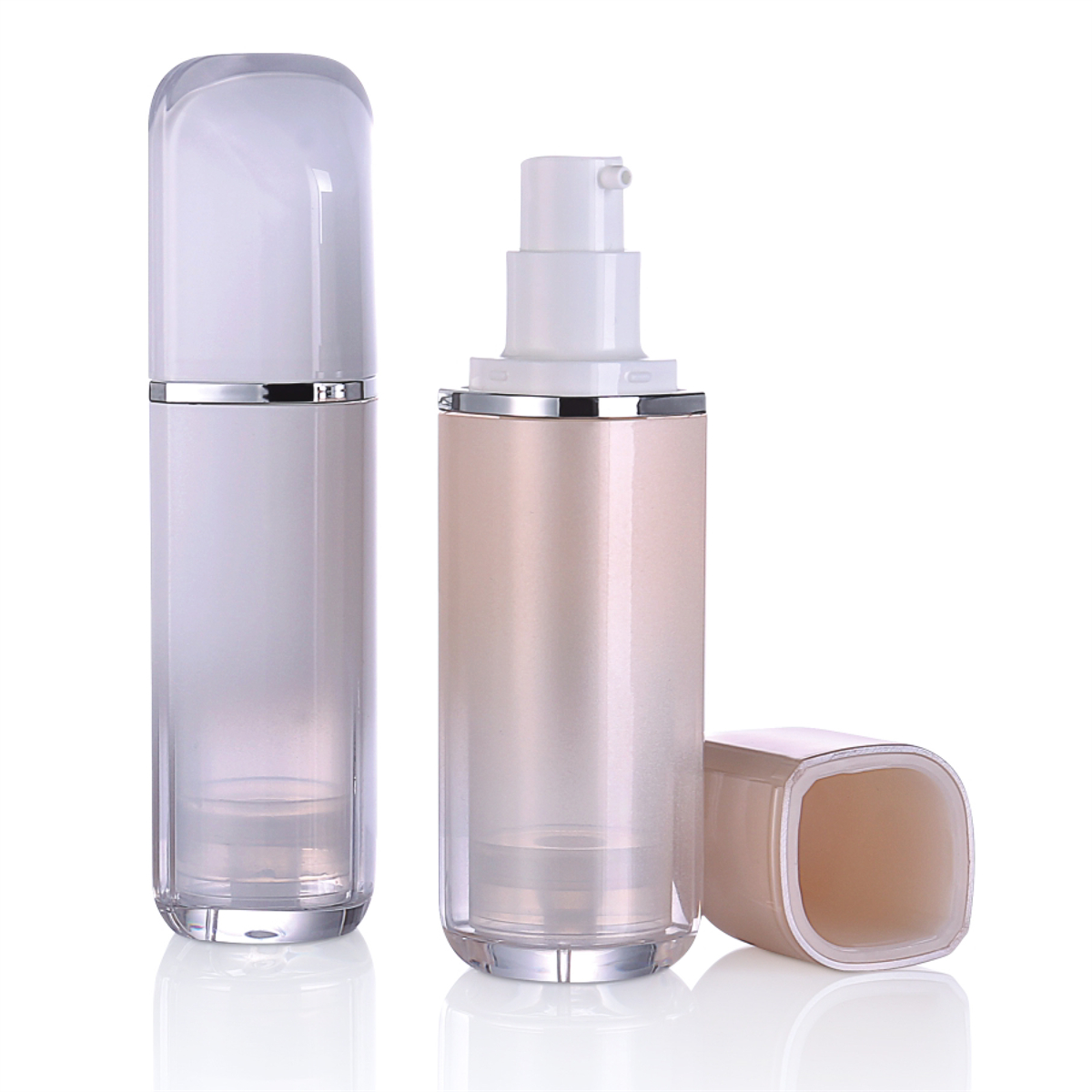
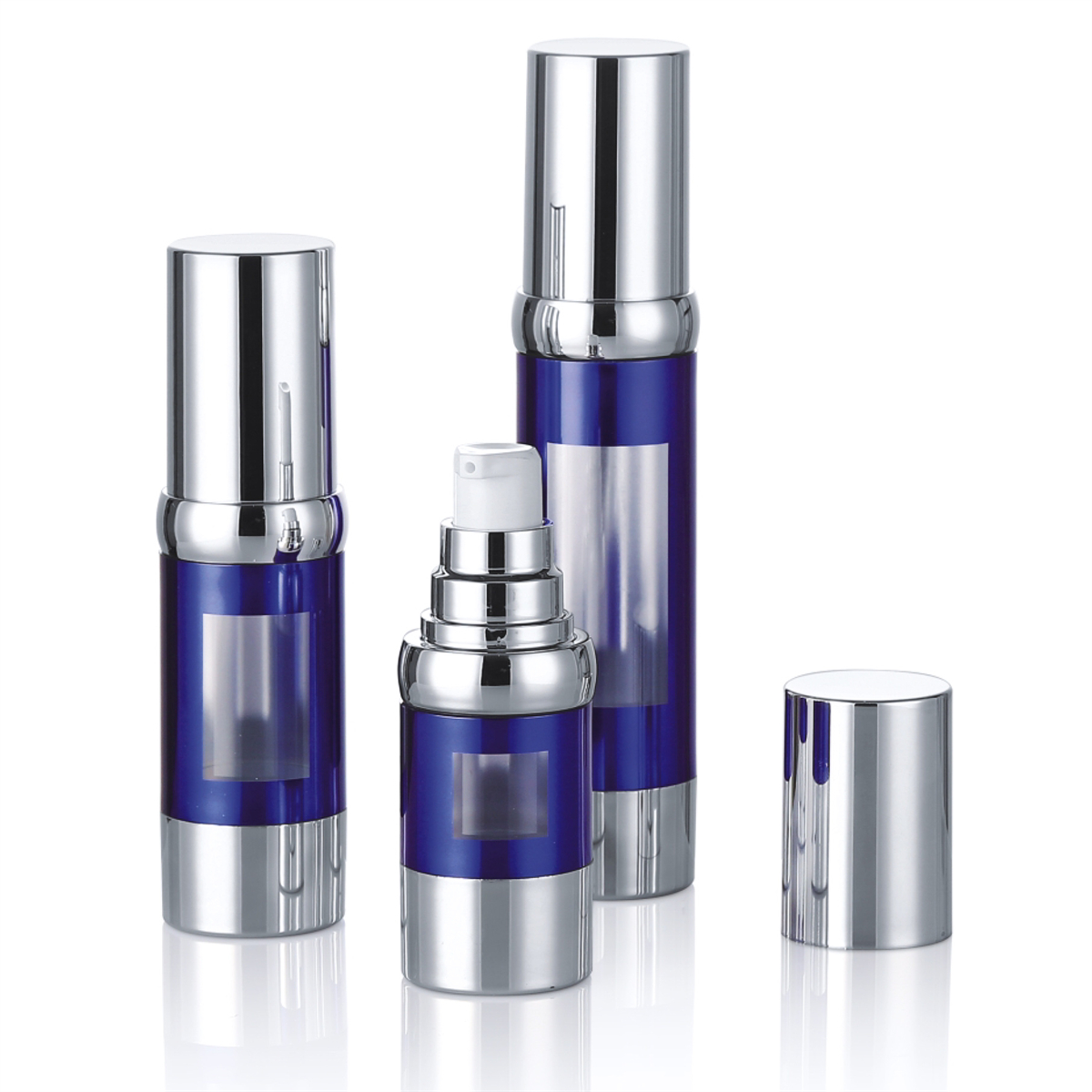
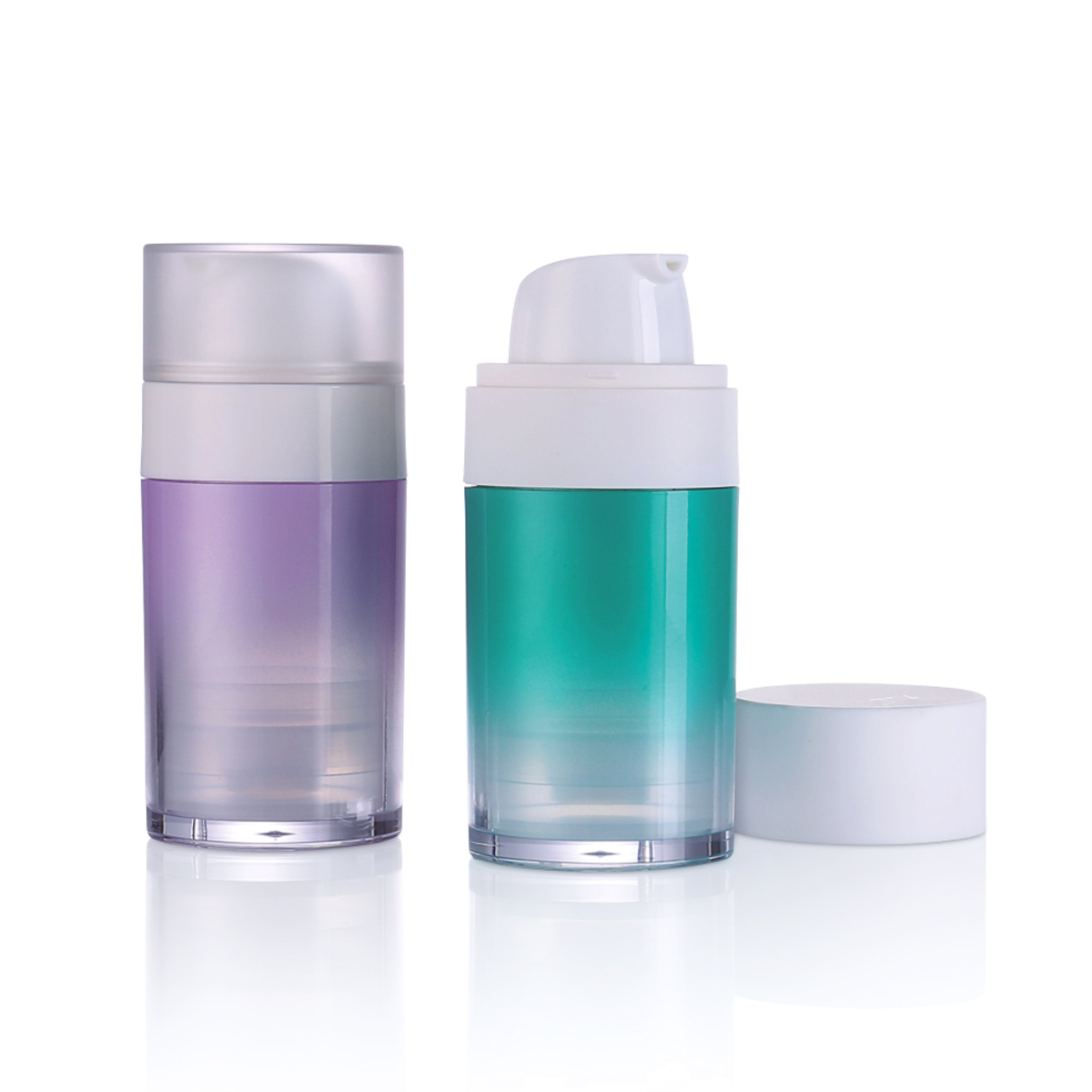
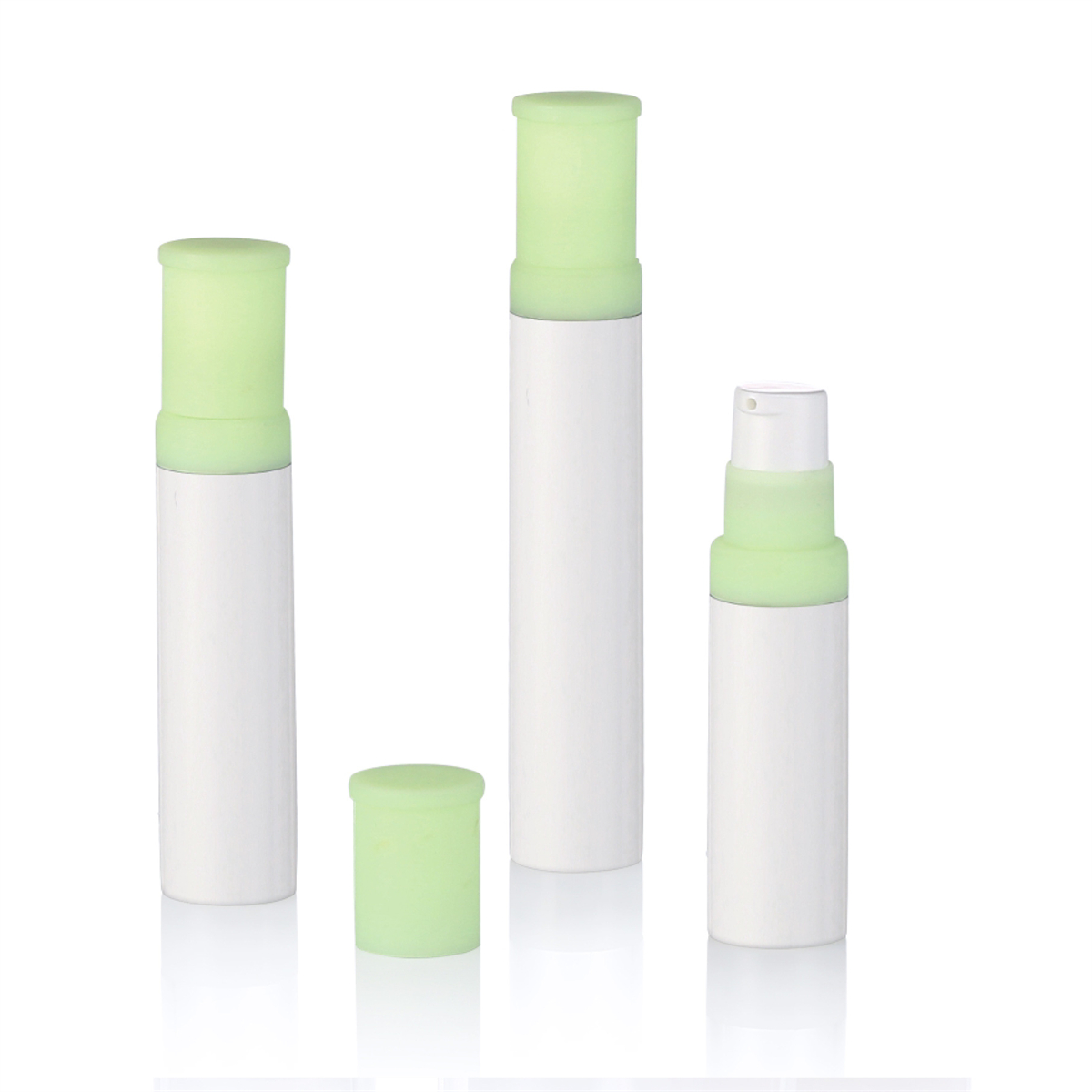
.jpg)
